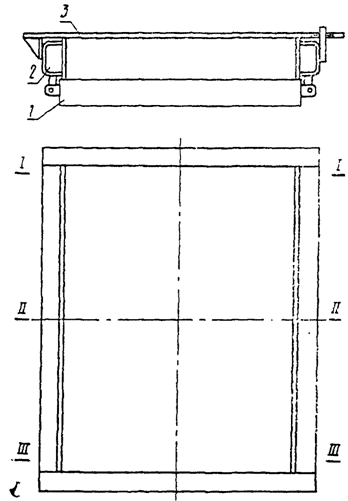Diagramma Ganta Primer Skachatj

Typically found solitary or in groups, often in turbid water. On open muddy, sandy or silty substrates in protected bays or estuaries, around rock outcrops, wreckage and debris (Ref. 48635, 90102).Also in shallow coastal areas and coral reefs (Ref. 30573).Juveniles are found in weedy areas (Ref. 2799).Feeds on benthic invertebrates and fishes (Ref.
Users Tagged this page as: dainik sambad 22 may,tripura dainok samnhad net,niyamiyabarta com,dainik sambad agartala 27-5-14,denik gajaran agaryala,News of Dainik Sambad Tripura-13 july 2014,dainik sambad,agartala news from paper 7/06/2014,adinor sambad news paper june 2014,9th june today gold price in tripura,dainik sambad,samayik prasanga 10/8/2014,syandan patrika epaper tripura 31/5/14,sambad e peper,mayurbhanj 26-7-2014 sambad paper,dainik sambad,www dainik jagaran news hathras 7/6/2014 com,6 6 2014 papar sambad,DAINIK SAMBAD 18/5/14,31 5 2014 Danic jagran.
Download a simple project scheduling tool for Microsoft® Excel® - by Jon Wittwer, PhD A Gantt chart is a tool for project management developed originally by Henry Gantt in the early 1900s. It is a type of bar chart that shows the start and end times for each task in a project schedule. The tasks are usually categorized using a work breakdown structure with summary tasks for the main project deliverables and sub-tasks that break the project down into a detailed and manageable task hierarchy.
If you use Excel or Google Sheets, you can create this type of project schedule with almost no learning curve by downloading Vertex42's free Gantt Chart Template. Description This template contains the core functionality needed to create a simple Gantt chart easily.
Each row of the worksheet represents a separate task. All you need to do is define the start date and duration of each task. • To add more tasks, you just copy and paste rows (or insert a row then press Ctrl+d to copy formulas down). • To change the range of dates displayed in the chart area, just slide the scroll bar.
• To track the status of a task, edit the% Complete column. The bars in the chart show the% complete for each task. • The vertical red line shows the current date. • To use the automatic numbering, copy the formula for the appropriate level from the bottom of the worksheet. • Update 2/12/2018: The most significant update to the free version in many years: it is now unlocked! While planning a project, you may also want to use a or worksheet. This download provides the same functionality as the original free gantt chart template above.
The main difference is the formatting. The WBS, End, and Work Days columns are highlighted gray to indicate that they contain formulas. Creating Dependent Tasks in a Gantt Chart with Excel One of the reasons why Excel is a useful tool for creating Gantt Charts is that task dependencies can be defined by using Excel formulas.
Gantt Chart Template Pro is designed to make this easier than entering your own formulas, but here are a few simple examples you can try: 1. Start a Task the Day After a Predecessor Task. =WORKDAY( end_date,1) Use the WORKDAY.INTL() function in Excel 2010+ to define a custom work week (days other than only Sat & Sun) The problem with only using formulas is that you can't see the dependencies between tasks when you view or print the chart. Other Gantt chart software may show dependencies as lines connecting the bars in the gantt chart, but I've never found a simple way for Excel to do that (and the lines can get really messy). The simple approach is to list the WBS number of the Predecessor in another column, like in the critical path example above.  In the CPM template and in Gantt Chart Template Pro, formulas calculate the start dates based on what you enter.
In the CPM template and in Gantt Chart Template Pro, formulas calculate the start dates based on what you enter.